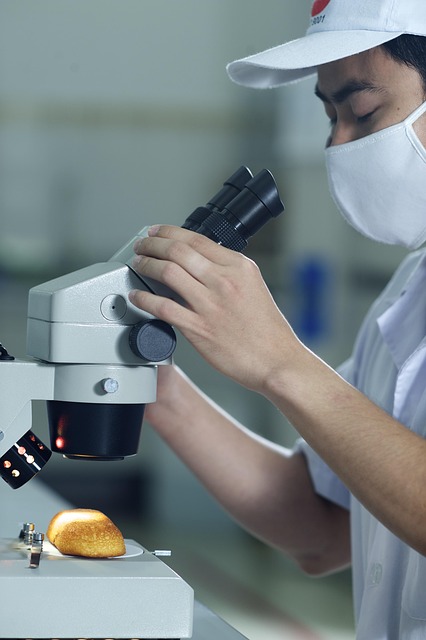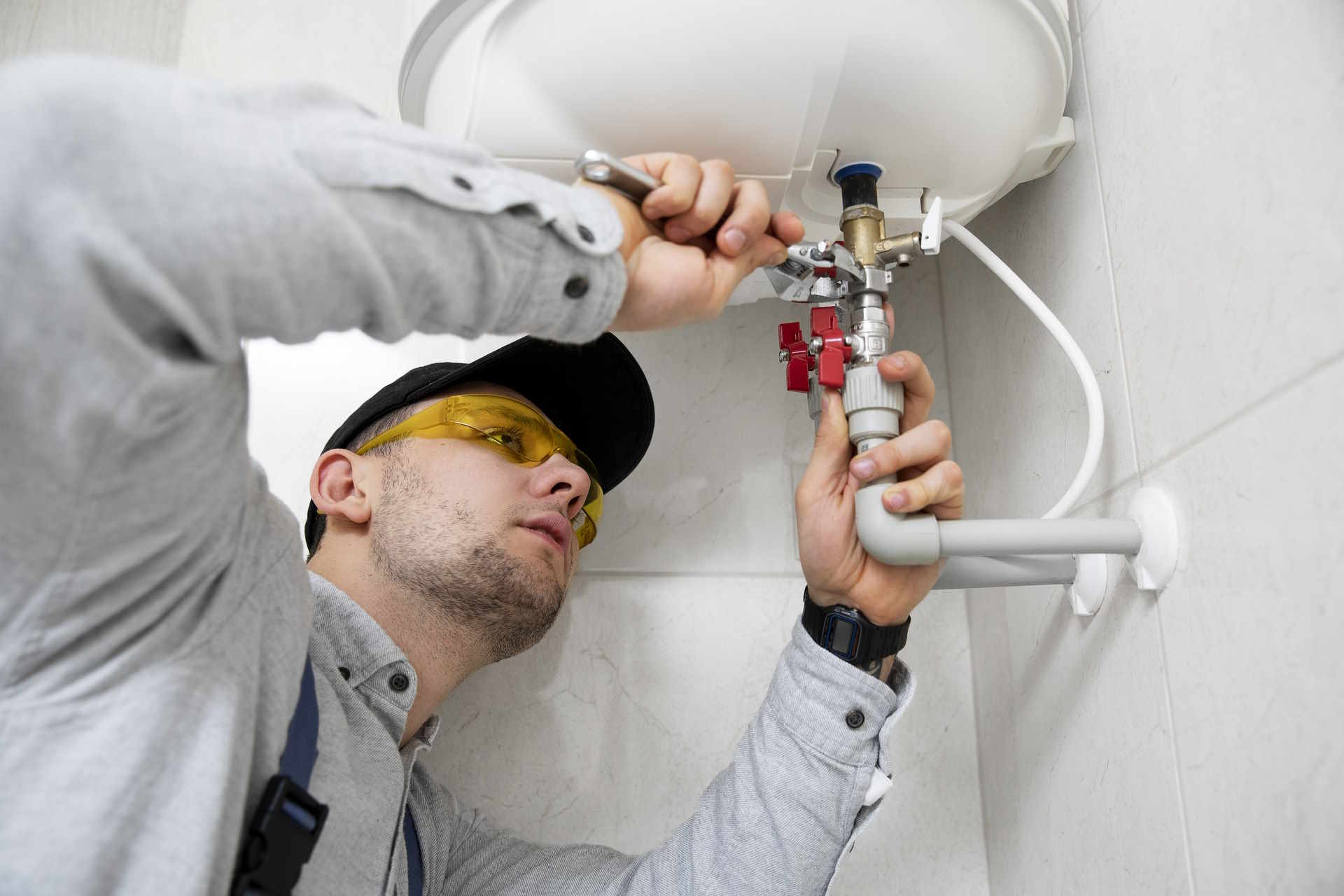Advanced Pathogen Detection Kits: Ensuring Food and Water Safety in a Modern World
In an era where foodborne and waterborne illnesses pose significant health risks, ensuring the safety of what we eat and drink has never been more critical. Advanced pathogen detection kits offer rapid, accurate, and reliable testing solutions, enabling producers, regulators, and consumers to identify harmful microorganisms before they cause outbreaks. By leveraging cutting-edge technology, these kits play a vital role in safeguarding public health and maintaining confidence in food and water supplies.

The global food and water supply chain faces unprecedented challenges in maintaining safety standards across vast distribution networks. Traditional testing methods, while reliable, often require days or weeks to produce results, leaving potential contamination undetected during critical periods. Modern pathogen detection kits have emerged as game-changing tools that bridge this gap, providing rapid, accurate identification of dangerous microorganisms in hours rather than days.
These advanced systems utilize cutting-edge technology to detect bacteria, viruses, parasites, and other harmful pathogens that pose significant health risks. The integration of molecular biology techniques with user-friendly interfaces has made sophisticated testing accessible to facilities of all sizes, from small-scale food processors to large municipal water treatment plants.
How Pathogen Detection Kits Work: From Sample to Results
The process begins with sample collection, where technicians gather specimens from various sources including raw ingredients, processed foods, water supplies, or environmental surfaces. Modern detection kits employ multiple methodologies, with polymerase chain reaction (PCR) technology being among the most widely adopted approaches.
PCR-based systems amplify specific DNA or RNA sequences unique to target pathogens, creating millions of copies that can be easily detected and identified. This amplification process typically occurs in specialized thermal cycling equipment that precisely controls temperature changes to facilitate the replication process.
Alternative detection methods include immunoassay techniques, which use antibodies to bind specifically to target pathogens, and biosensor technology that converts biological recognition events into measurable signals. Some advanced systems combine multiple detection methods to enhance accuracy and reduce false positives.
The entire process, from sample preparation to final results, can be completed in as little as two to six hours, depending on the specific pathogen and detection method employed. Automated sample preparation and analysis further streamline the workflow, reducing human error and increasing throughput capacity.
Key Benefits: Speed and Accuracy and Safety
Speed represents perhaps the most significant advantage of modern pathogen detection systems. Traditional culture-based methods require 24 to 72 hours for bacterial growth, while viral detection can take even longer. Advanced detection kits deliver results in hours, enabling immediate corrective action when contamination is detected.
Accuracy levels have reached impressive standards, with many systems achieving sensitivity rates exceeding 95% and specificity rates above 98%. This precision ensures that genuine threats are identified while minimizing false alarms that can disrupt operations and waste resources.
The safety implications extend beyond immediate health protection. Rapid detection capabilities enable proactive contamination control, preventing widespread distribution of contaminated products. This early intervention capacity has proven instrumental in reducing the scope and severity of foodborne illness outbreaks.
User safety features include enclosed testing environments that minimize exposure to potentially dangerous samples, automated handling systems that reduce direct contact, and comprehensive quality control measures that validate results reliability.
Applications Across the Food and Water Industry
Food processing facilities utilize these systems throughout production chains, from incoming ingredient verification to final product testing. Meat processing plants commonly test for Salmonella, E. coli, and Listeria, while dairy facilities focus on detecting pathogens that thrive in milk-based environments.
Restaurant chains and food service operations employ portable detection units for routine monitoring of preparation surfaces, storage areas, and incoming supplies. These applications help maintain consistent safety standards across multiple locations while providing documentation for regulatory compliance.
Water treatment facilities integrate detection systems into their monitoring protocols, testing for bacterial indicators, viral contaminants, and parasitic organisms. Municipal water systems use these tools to verify treatment effectiveness and monitor distribution network integrity.
Agricultural applications include testing irrigation water, monitoring livestock health, and verifying the safety of fresh produce before harvest. These preventive measures help identify contamination sources early in the supply chain, reducing downstream risks.
| Detection System Type | Provider Examples | Cost Estimation | Key Features |
|---|---|---|---|
| PCR-Based Systems | 3M, Thermo Fisher Scientific | $15,000-$50,000 | High accuracy, multiple pathogen detection |
| Immunoassay Kits | Neogen, Hygiena | $5,000-$20,000 | Rapid results, user-friendly operation |
| Biosensor Technology | BioMerieux, Romer Labs | $25,000-$75,000 | Real-time monitoring, automated analysis |
| Portable Units | Charm Sciences, AOAC | $3,000-$15,000 | Field testing capability, compact design |
Prices, rates, or cost estimates mentioned in this article are based on the latest available information but may change over time. Independent research is advised before making financial decisions.
The implementation of pathogen detection systems requires consideration of facility-specific needs, testing volume requirements, and regulatory compliance obligations. Training programs ensure operators can effectively utilize these sophisticated tools while maintaining accuracy standards.
Ongoing technological developments continue to enhance detection capabilities, with emerging innovations including smartphone-integrated testing platforms, artificial intelligence-powered result interpretation, and expanded pathogen libraries that cover increasingly diverse threat profiles.
Advanced pathogen detection kits have fundamentally transformed food and water safety protocols, providing the tools necessary to protect public health in an increasingly complex global supply chain. These systems represent a critical investment in preventive safety measures, offering the speed, accuracy, and reliability essential for maintaining the highest safety standards. As technology continues to evolve, these detection capabilities will undoubtedly become even more sophisticated, further strengthening our ability to ensure safe food and water for communities worldwide.
This article is for informational purposes only and should not be considered medical advice. Please consult a qualified healthcare professional for personalized guidance and treatment.




